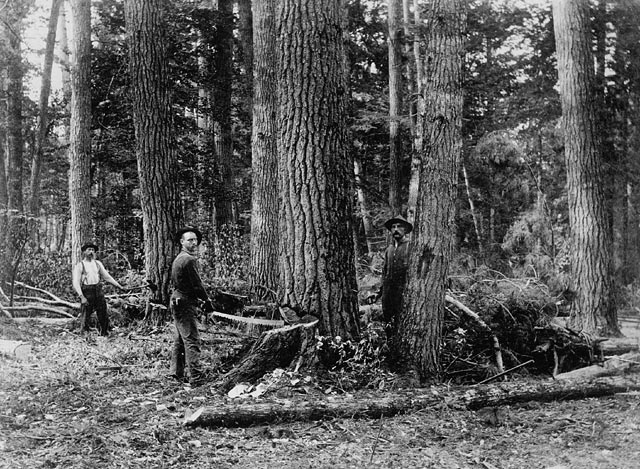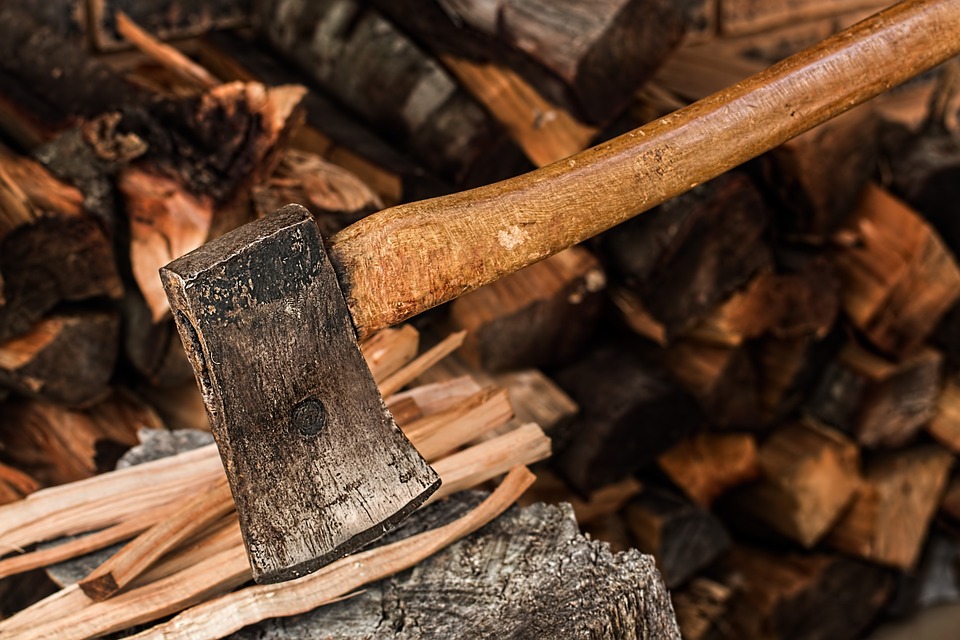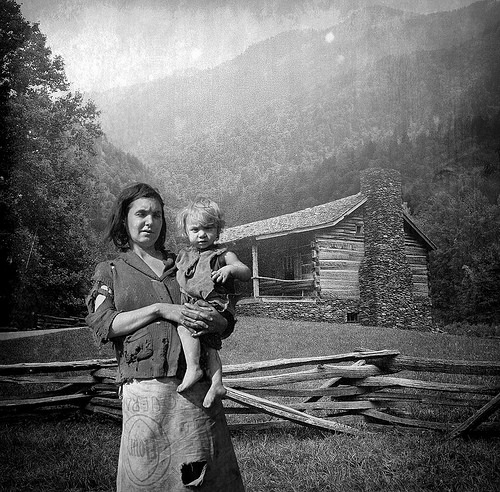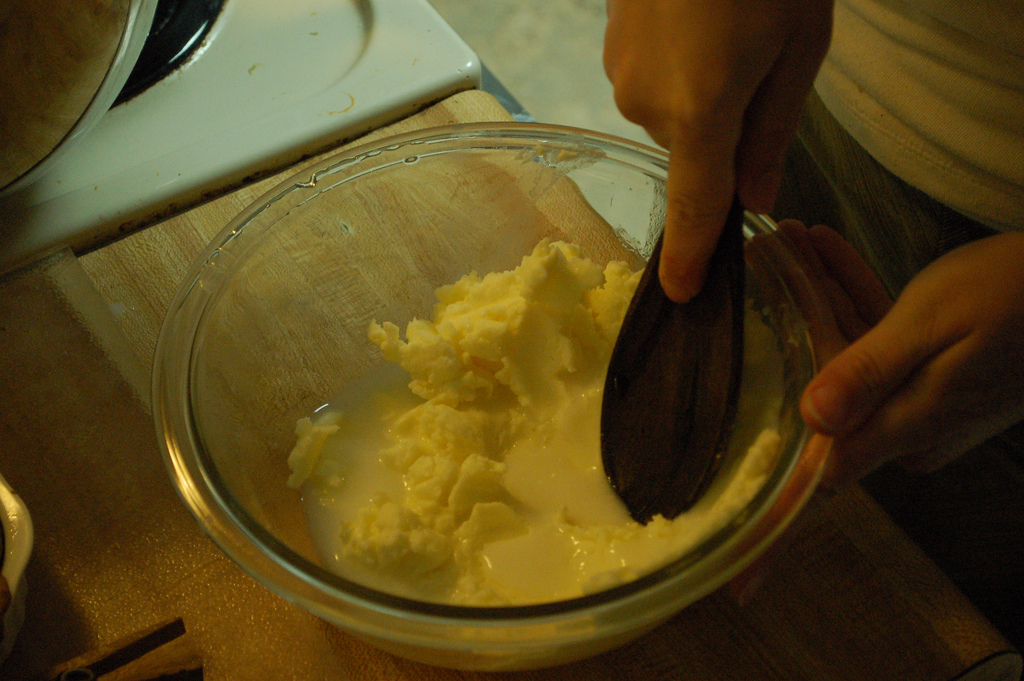3 Things to Consider When Felling a Tree
Cutting a tree down can be dangerous, even deadly. But it is something that, if you are homesteading, you will probably be faced with sooner or later, if not regularly. Felling a tree is not something that should be rushed into or taken lightly, especially if the tree is particularly large, or close to a … Read more







